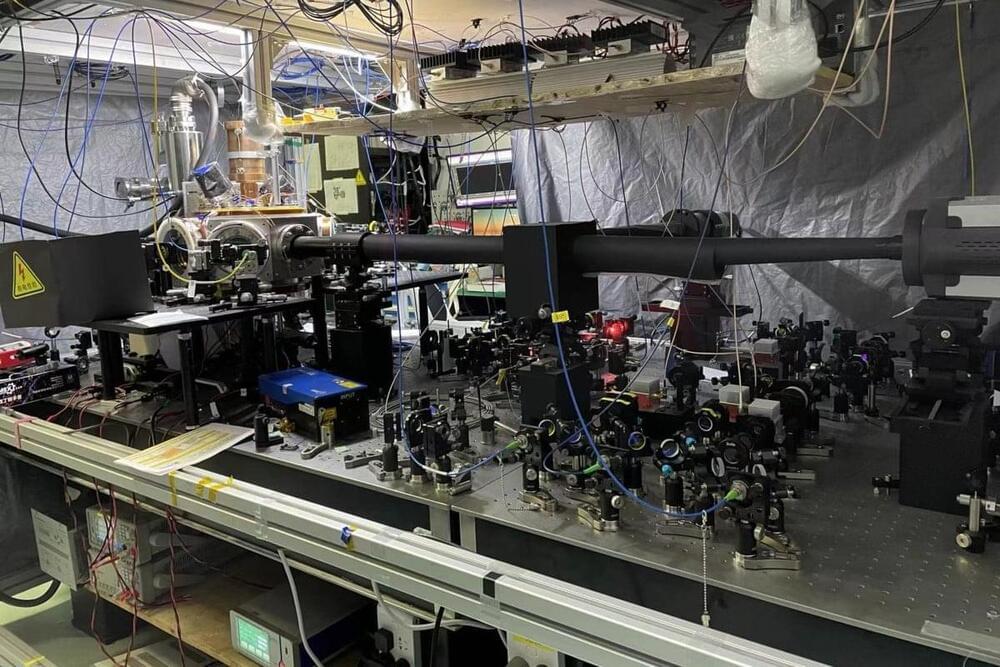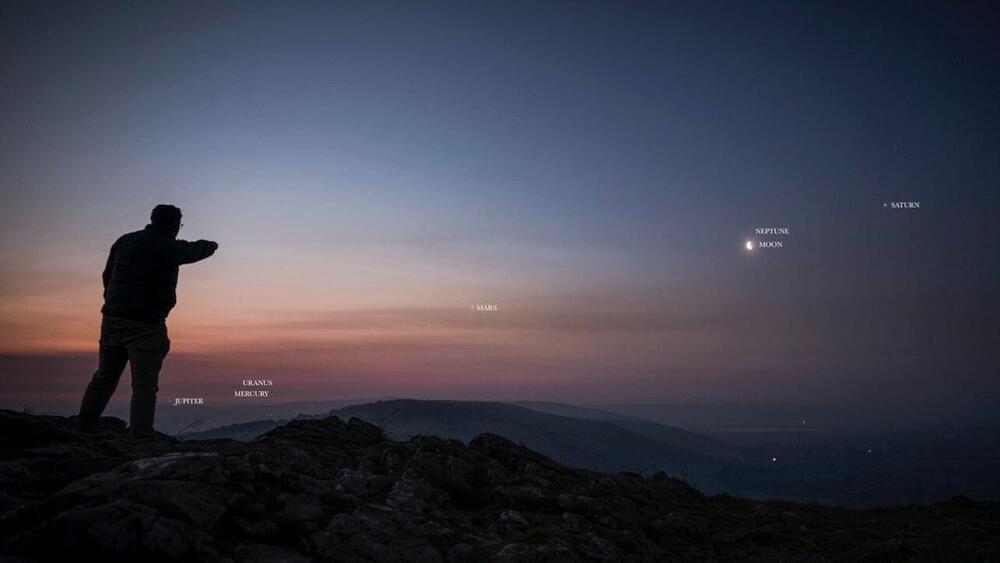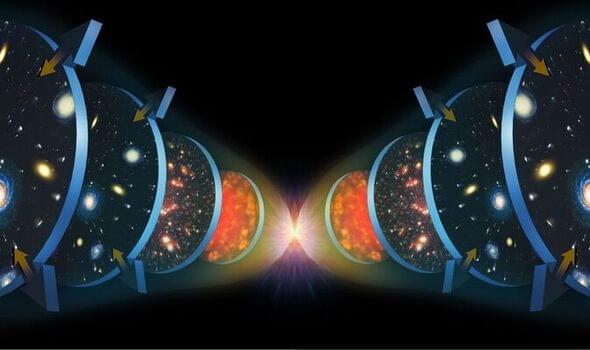Researchers in China have demonstrated how entanglement might potentially power future generations of computers, according to a story in the South China Morning Post. This advance, achieved by scientists from the Chinese Academy of Sciences’ Innovation Academy of Precision Measurement Science and Technology, points toward how quantum engines can use their own entangled states as a form of fuel.
Entanglement is a quantum phenomenon where a pair of separated photons seem to be intimately linked, regardless of the distance between them. Scientists have long theorized that this characteristic, once robustly managed, could hold vast potential for quantum computing, and this study adds further evidence to its viability in practical applications, the researchers suggest.
“Our study’s highlight is the first experimental realization of a quantum engine with entangled characteristics. [It] quantitatively verified that entanglement can serve as a type of ‘fuel’,” said Zhou Fei, one of the corresponding authors, as reported in the SCMP.







